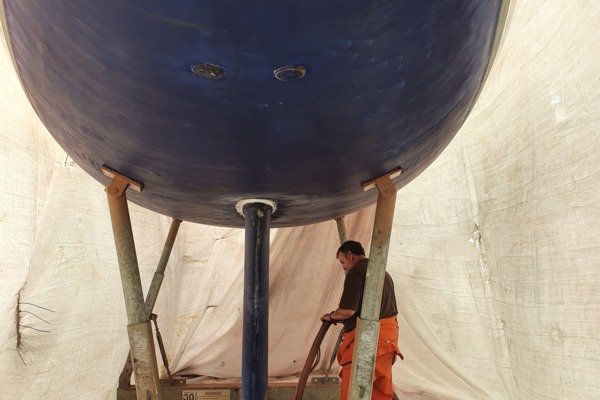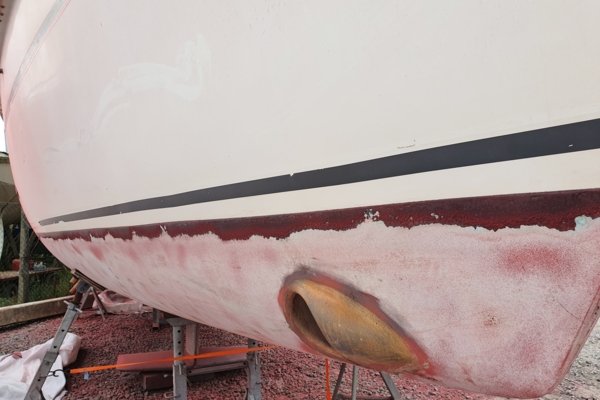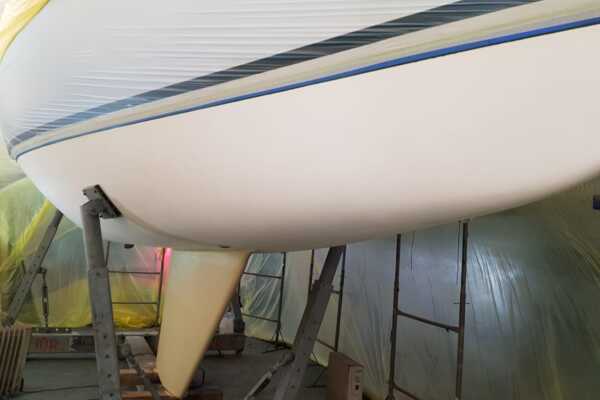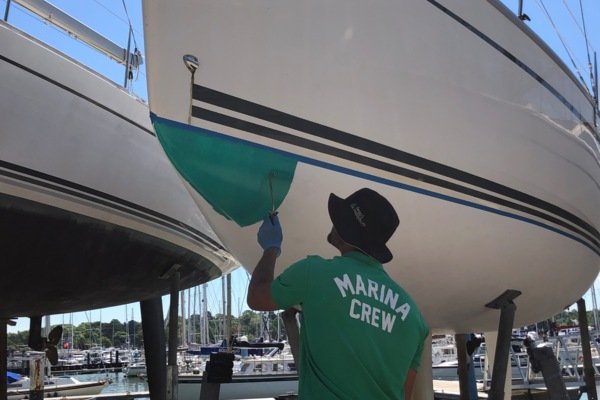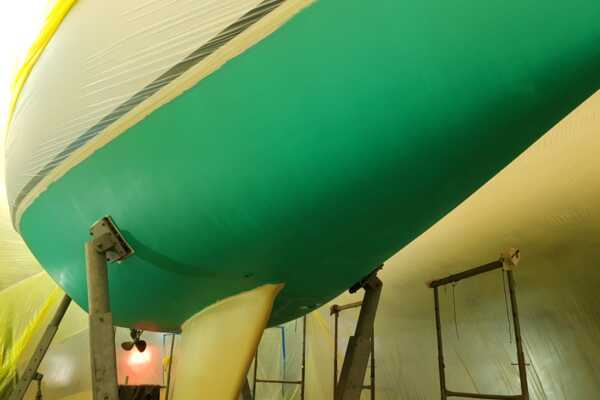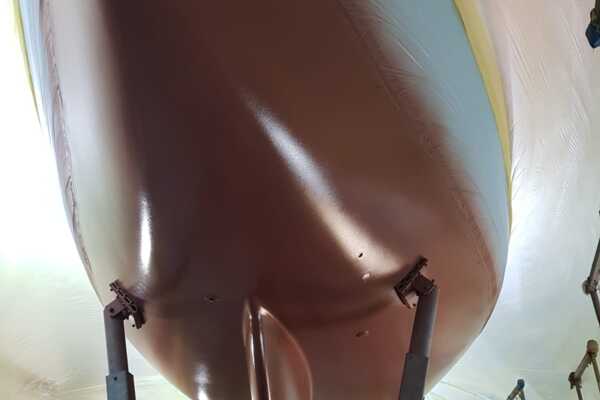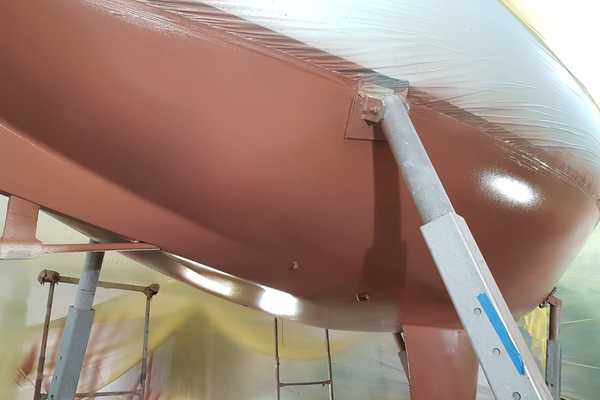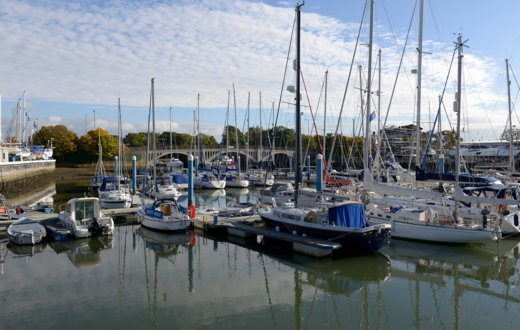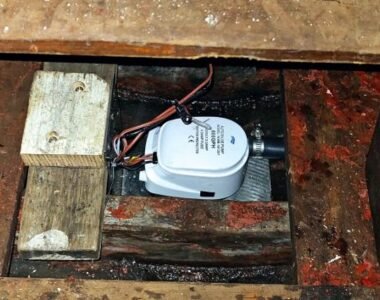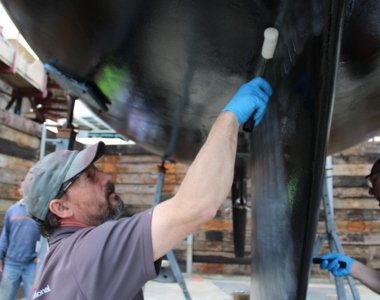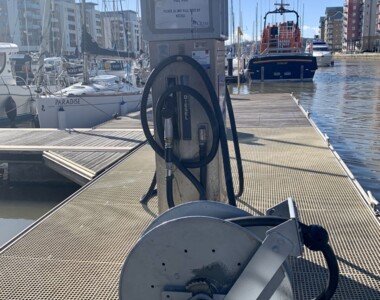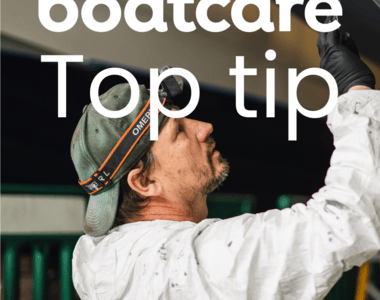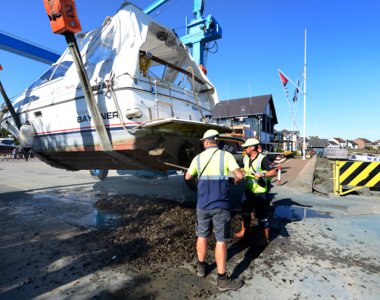-
Bangor Marina Bangor, Northern Ireland
-
Conwy Marina Conwy, North Wales, Wales
-
Deacons Marina River Hamble, Southampton, England
-
East Cowes Marina East Cowes, Isle of Wight, England
-
Haslar Marina Haslar, Portsmouth Harbour, England
-
Penarth Marina Penarth, Cardiff, Wales
-
Portishead Marina Portishead, Bristol, England
-
Portland Marina Portland, Dorset, England
-
Rhu Marina Rhu, Firth of Clyde, Scotland
-
Royal Quays Marina Royal Quays, North Shields, England
-
Weymouth Marina Weymouth, Dorset, England

11th December 2020
Deacons
Deacons Marina, Specialists in the successful application of Coppercoat
Coppercoat is the most durable and long lasting anti-foul coating available. A single treatment of this water-based and VOC-free resin commonly provides a high level of fouling protection for a decade or more. By using Coppercoat, owners save the time and expense of the repainting associated with traditional anti-fouls – with a single treatment lasting ten years plus if professionally applied, a job we specialise in at Deacons. The following article details the stages involved, with pictures and video. How does coppercoat work? Coppercoat is the combination of a specially developed two-pack epoxy resin and 99% pure copper. Each litre of Coppercoat contains 2kg of ultra fine copper powder, the maximum allowed by law. On immersion, sea water attacks the exposed pure copper, causing the formation of cuprous oxide. This highly effective anti-fouling agent deters growth until the surface degrades further to become cupric hydrochloride. This final copper form is highly unstable, and is washed away by the movement of the yacht, thereby removing any accumulating silt or slime. This automatically reveals a fresh copper-rich surface whereby the process recommences. Coppercoat can be applied to any craft, leisure or commercial. Application begins with blasting back the hull and keel to bare gel to remove failed antifoul systems, providing a fresh clean surface for us to work with. Photos below show the hull and keel pre and post blast, the process undertaken by specialists Masterblast.
Next begins the process to fill and fair the keel and to sand and prime the hull – to achieve a glassy smooth surface to both for the primer to adhere to in the next stage – the photos below show the careful preparation undertaken to fill the keel.
Next follows the fairing process (“fair” meaning to the eye and to the touch), with our GRP specialist Deano. The we undertake application of expoxy primer systems to both the keel and hull, forming a water impenetrable barrier with Osmosis protection, and a system for the coppercoat to adhere to. To the keel we apply five coats of the epoxy system Awlgrip Hull Guard. Then follows two to five coats of the epoxy system International Gel Shield. Once application of all the coats is complete, the hull and keel are left to cure for a week, before application of the coppercoat itself begins. The photos below show the stages of application to a beautiful Oyster 26
With a beautifully smooth primed surface to work with, it’s now time to apply the coppercoat itself. This solvent-free non-toxic coating has to be mixed thoroughly, one unit at a time, and simply applied to the prepared surface by roller or spray – we use a spray for smoother finish and best coverage. This is a tricky process to get just right as each coat must be applied ‘wet on tacky’, all on the same day, requiring careful planning and application, plus the right environmental conditions.
And she’s complete! An Oyster 26 coppercoated and looking fantastic, ready to cruise again. This antifoul system will last for up to ten years plus.
In comparison with traditional eroding antifouls, maintenance is much reduced; if a slight accumulation of slime does appear over the months, removal with a very light pressure washing or brushing is recommended. An annual brush or wash is recomended. Usually after several years, the surface may benefit from being lightly abraded with a fine grade of 400/600 grit “wet and dry” paper or a burnishing pad to expose fresh copper. And it’s environmentally friendlier too – Coppercoat state that “Classified as non-leaching, this highly effective coating is considerably kinder to the environment than conventional self-eroding anti-fouls. The complete treatment has been tested and approved by the Health and Safety Executive, in compliance with UK and EU law. Holding HSE Certificate Number 7532 Coppercoat is fully approved for use by both professional tradesmen and the general public. Coppercoat is tin-free and fully complies with current (2001) International Maritime Organisation (IMO) resolution MEPC.102(48). Within the UK Coppercoat is used by the Environment Agency.”















